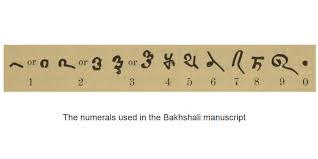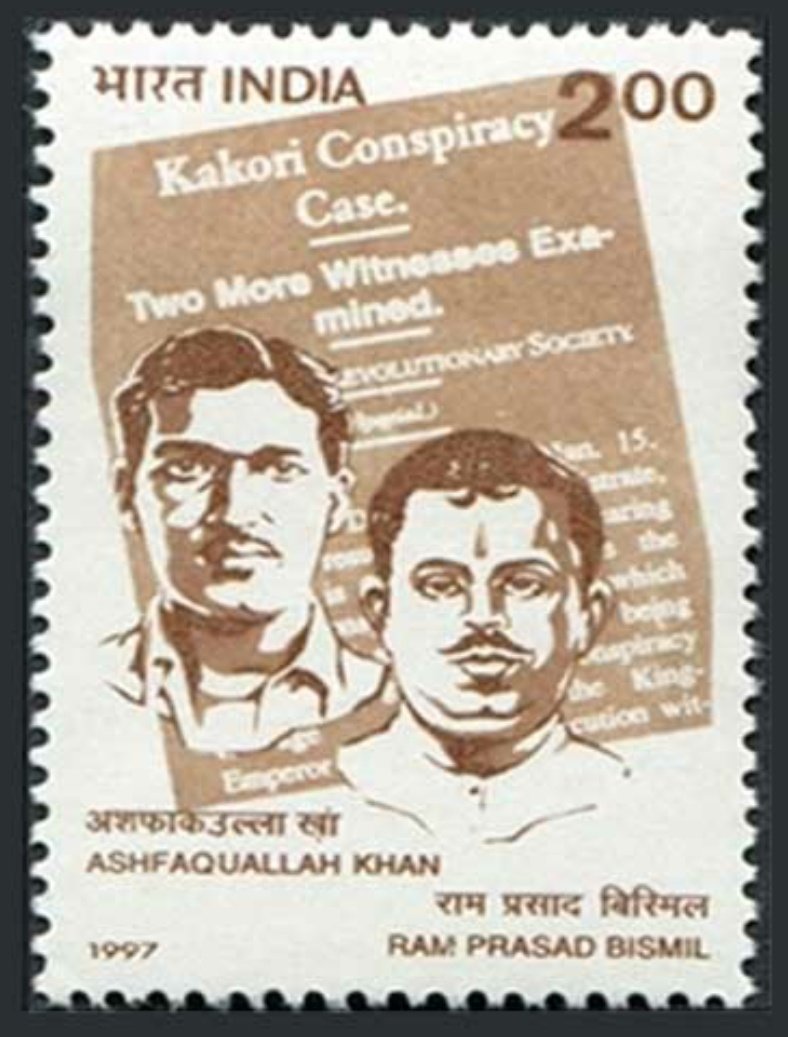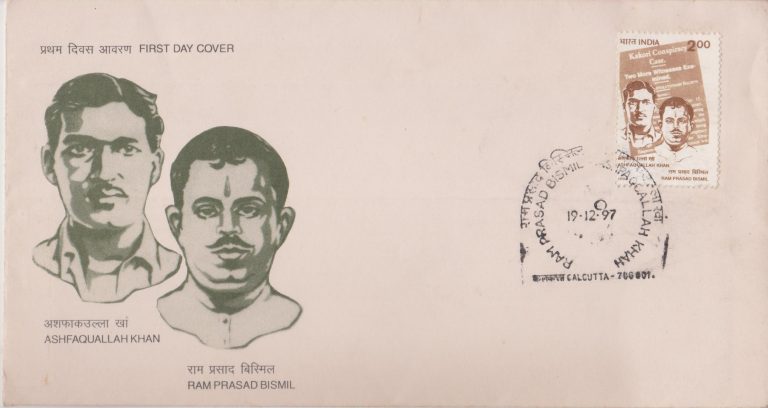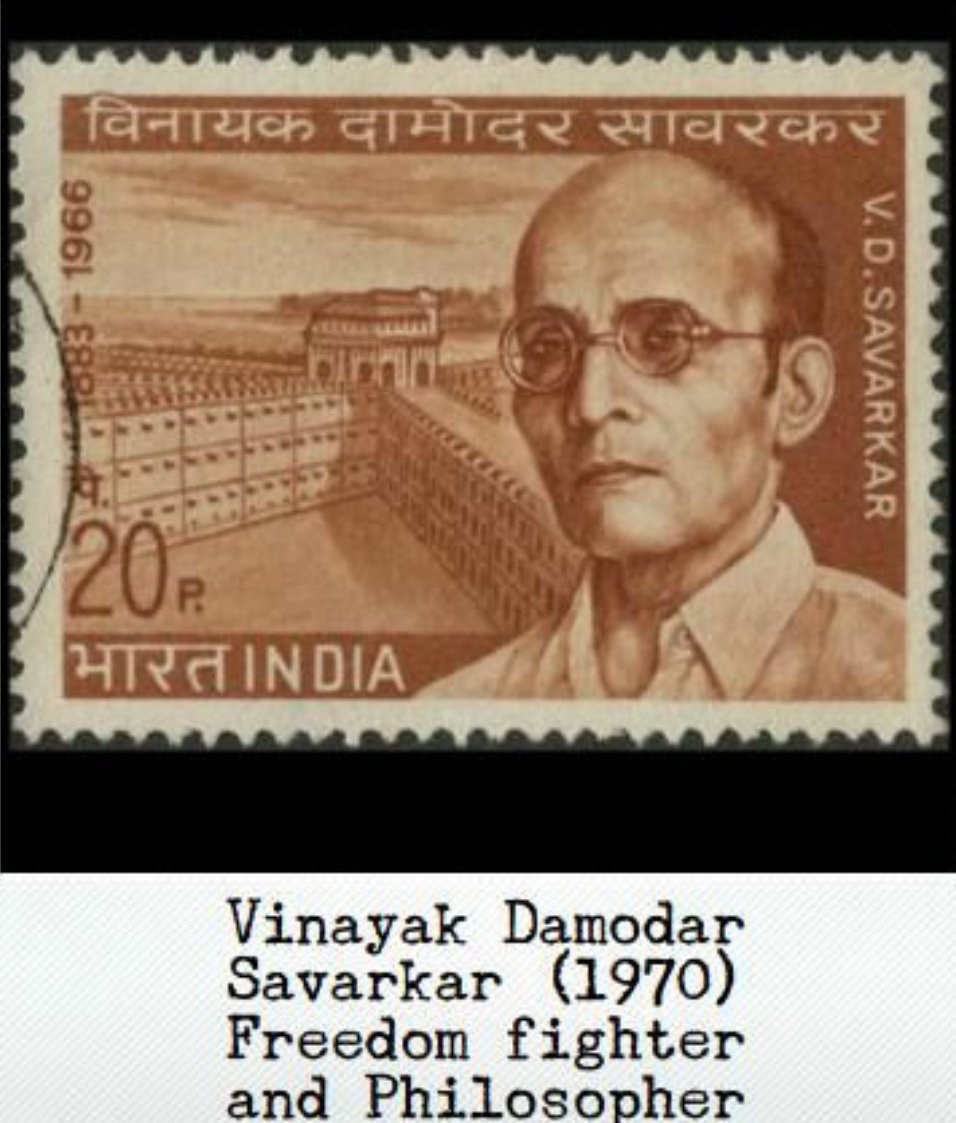पूर्णश्य पूर्णमादाय पूर्णमेवावशिष्यते ॥
ॐ शान्तिः शान्तिः शान्तिः ॥
Om, That (Outer World) is Purna (Full with Divine Consciousness,infinite); This (Inner World) is also Purna (Full with Divine Consciousness); ...
2: Taking Purna from Purna, Purna indeed remains (Because Divine Consciousness is Non-Dual and Infinite)

9thC Brahmagupta's texts were translated into Arabic by Muhammad al-Fazari and mathematician Al-Khwarizmi into a text called al-Jam wal-tafriq bi hisal-al-Hind(Addition and Subtraction in Indian Arithmetic)
The Europeans, even when it was introduced to them, were like ‘Why would we need a number for nothing?’ and banned it in 1299, Florence Italy. However accepted it in late 15th C.
Jai Hind!










